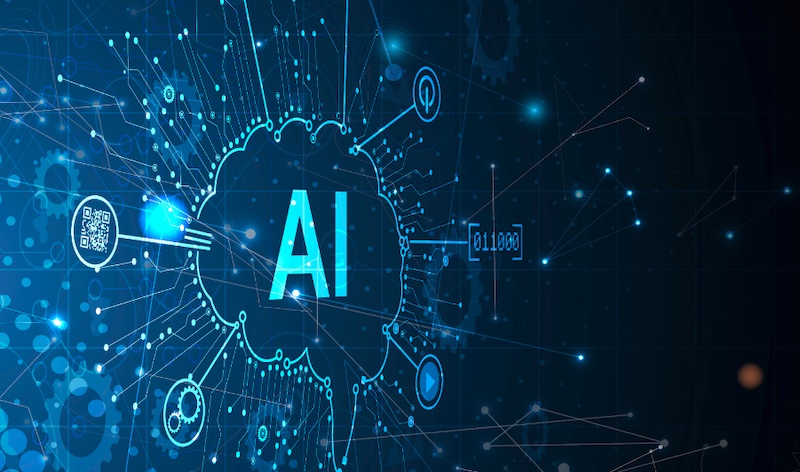Have you ever wondered about the impact of Artificial Intelligence (AI) on web development? Let’s delve into how AI is revolutionizing website design and reshaping the world of website development. AI has the incredible potential to make websites more user-friendly, adaptable, and captivating.
As AI continues to advance, developers are finding it increasingly accessible to integrate AI-based features into their projects. From voice-activated user interfaces to automated customer service agents, personalized product recommendations, and smart content curation, AI is already driving some of the most sophisticated web applications available today.
In this guide, we are going to unveil the ways AI is transforming website development. We’ll explore the challenges and opportunities it presents, offering practical tips to help you implement its power in your own projects and stay at the forefront of cutting-edge technologies.
What Is AI in Web Development and How Does It Work?
You may have heard of Artificial Intelligence (AI) and machine learning, but how do they fit into web development? AI in web development refers to using artificial intelligence to create websites that are more interactive and engaging. AI empowers websites to better understand their potential users and tailor the experience for a more personalized and rewarding visit.
AI is employed in web development to enhance the user experience and streamline processes. Here are some key ways AI is currently reshaping modern website design:
1. Automated Design Features
AI can automate various web design elements, such as generating logos and banners. By utilizing user-provided information, AI can craft images that perfectly match their requirements. This not only saves time but also reduces the cost associated with manual design work.
2. Adaptive Designs
Another exciting application of AI is creating adaptive designs that automatically adjust according to user preferences. For instance, if a user accesses the website from a particular type of device or screen size, the website layout will adapt to provide the best possible experience.
3. AI-Powered Content Optimization
Last but not least, AI plays a crucial role in content optimization. AI-driven tools analyze user data and suggest improvements based on past user behavior. This optimizes website performance and enhances customer engagement.
Common Challenges with Implementing AI in Web Development
Integrating AI into web development presents some common challenges that need to be addressed for success. These include:
1. Data Quality and Availability
Effective AI algorithms rely on high-quality data. Insufficient data or delays in data accessibility can hinder the effectiveness of AI. Ensuring the right data is collected and available in a timely manner is essential.
2. Security
The use of AI often involves handling sensitive data, raising security concerns for organizations. Robust cybersecurity measures must be in place to safeguard data against theft and misuse.
3. Maintenance and Updates
AI algorithms need ongoing maintenance and updates to remain effective. Neglecting this can lead to errors, resulting in inaccurate predictions or outcomes. Additionally, AI models must be continually evaluated to adapt to new datasets and changing user behavior.
4. The Future of AI and Web Development
Thanks to the rapid advancements in AI technology, the potential for web development is virtually limitless. With AI’s assistance, web designers can create websites that are not only visually captivating but also highly informative, catering to the unique preferences of individual users.


No comments yet